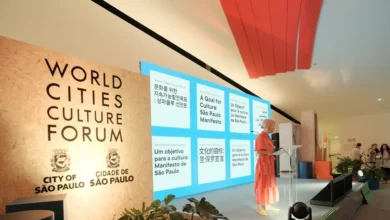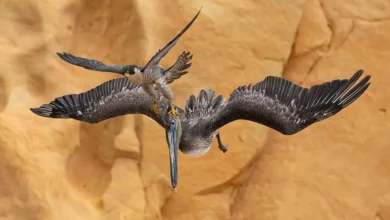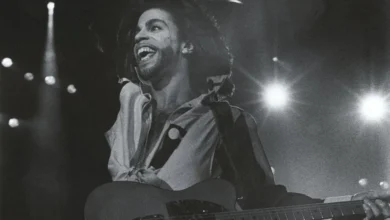Flowers made of plastic bottles take stage at COP 28

As the highly anticipated COP 28 event takes place, visitors can soon expect to be captivated by two remarkable installations in the Green Zone of Expo City. Crafted entirely from recycled plastic bottles and palm tree waste, these artistic creations demonstrate the fusion of environmental consciousness and artistic expression.
The installations, an ‘Arabic flower’ Meez Garden, and an upcycled pavilion, not only serve as visually stunning attractions but also aim to inspire and engage visitors in climate action.
The Meez Garden installation is an extension of the Koklyko project initiated by French artist Jerome Toq’r in 2013. Inspired by the indigenous Al Meez flower from Ras Al Khaimah, this installation symbolizes the harmonious integration of art and environmental mindfulness.

Through collaboration with students from RAK Academy, vibrant floral creations were crafted from 500 recycled plastic bottles, showcasing a collective commitment to preserving the environment. Supported by the Sheikh Saud bin Saqr Al Qasimi Foundation for Policy Research, this installation will also be featured at the Ras Al Khaimah Art Festival in 2024.
The Mashreq Pavilion, built from three tonnes of palm tree waste, represents environmental advocacy and innovation. The abundant palm tree waste in the region holds remarkable potential for sustainability applications. Within the pavilion, a tribute to the late Sheikh Zayed bin Sultan Al Nahyan, made from date palm trees, honors his legacy.

Both installations at COP 28, the Meez Garden, and the upcycled Mashreq Pavilion go beyond aesthetics to inspire action. The Meez Garden showcases the power of collective action and youth empowerment in climate conservation, while the Mashreq Pavilion calls on eco champions to join a cleanup initiative. Through engaging displays, these installations encourage visitors to take part in climate conversations.
The presence of these sustainable art installations at COP 28 in Dubai serves as a testament to the commitment of artists, organizations, and communities to fostering environmental consciousness. By repurposing discarded materials, these installations demonstrate the limitless potential for creativity and resourcefulness in the face of climate challenges.
These installations at COP 28 are not just symbols of beauty, they are also reminders of our shared responsibility to protect and preserve our planet.










